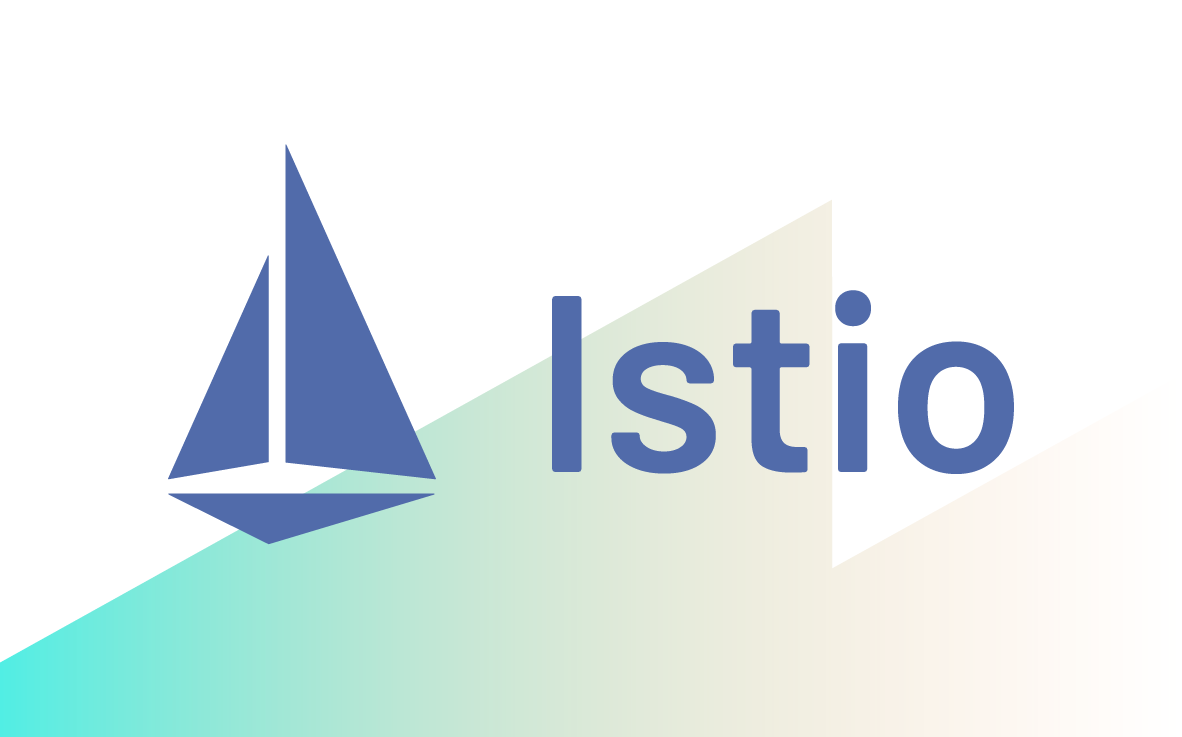How Does Networking Work with Istio?


Proactively manage modern hybrid environments with predictive insights, intelligent automation, and full-stack observability.
Explore solutionsExplore our resource library for IT pros. Get expert guides, observability strategies, and real-world insights to power smarter, AI-driven operations.
Explore resourcesOur observability platform proactively delivers the insights and automation CIOs need to accelerate innovation.
About LogicMonitor
Get the latest blogs, whitepapers, eGuides, and more straight into your inbox.
Your video will begin shortly
As organizations continue to digitally transform and expand their networks via cloud and multi-cloud environments, it has become increasingly critical to protect microservices and data flow. Implementing advanced technology such as service mesh helps your team secure data networks and manage system access policies by matching user intentions to workload states. Service meshes like Istio support the latest software application trends like containerization and microservice infrastructures. These frameworks provide your team with a deeper and more reliable understanding of service health and behavior while automating the routing process for smooth traffic flow.
Istio functions as the first open-source service mesh and features exclusive native compatibility with Kubernetes. The service mesh offers greater ease of use when applied to Kubernetes clusters. Additionally,, Istio’s open-source design allows your team to create extensions, which enable the service mesh to run on other environments. Your organization can apply Istio to effectively manage applications and infrastructures by securing, containing, and monitoring microservices within your systems.
The Istio service mesh features a control plane that enables you to define how your microservices communicate with each other. Istio derives its core functionality from the Envoy proxy that caters to single services and applications. The control plane coordinates the behavior of Istio proxies, which are deployed as sidecars (i.e., supporting processes) to your microservices, augmenting features like fault injection, load balancing, and TLS termination. Istio’s data plane translates, forwards, and monitors network packets throughout your data clusters. The plane applies an Envoy proxy alongside each service in a cluster for seamlessly managing and observing every inbound and outbound data request.
Istio abstracts communication logic with sidecar proxies, removing the hassle of copying entire service codes. Through Istio, your team can essentially develop business logic across microservices without tediously sorting through communication logic and security considerations. The open-sourced service mesh allows your team to extend its use across diverse data environments that include on-premise networks and Kubernetes clusters for seamless management of microservice-based apps.
Istio offers a range of technical features that help you boost network management and expedite software development and delivery. These key features include:
The Istio service mesh provides users with access control, authentication, and authorization policies that lay the foundation of a secure data environment for your microservice applications.
Istio includes built-in traffic management mechanisms such as health checks and load balancing that run with diverse algorithms. The service mesh’s health checks consistently assess the availability of service instances before confirming a routing request. Istio provides automatic load balancing for HTTP, gRPC, WebSocket, and TCP traffic, facilitating smooth data flow through various channels.
Istio users can access detailed telemetry for assessing and reviewing service behaviors. Through Istio, your team can pinpoint system concerns such as latency issues and make the necessary service improvements, adjustments, and optimizations without delay.
The service mesh contains advanced network controls for managing workloads like containers and virtual machines. Istio makes it convenient to connect user groups to specific applications according to their network management needs.
DevOps teams can rely on Istio’s service discovery function to monitor the number of active network nodes at any point in time. Istio’s efficient service discovery system enables your organization to allocate available nodes for smoother microservice requests.
By using Istio, your development teams can boost software delivery by leveraging the service mesh’s rules and policies within its control plane. Proxies within your data environments route traffic through techniques like canary deployments without causing changes to the service’s code. Through Istio, developers can conveniently manage complex applications within microservice infrastructures via systematic routing capabilities. Other popular advantages of the Istio service mesh include:
The service mesh improves the resilience of your applications by implementing fault-tolerant mechanisms like circuit breakers and timeouts. These advanced features enhance the reliability and consistency of your applications, keeping them running smoothly and optimally even in the event of network issues.
Istio features an abstracted network layer that supports service-to-service security via authentication, encryption, and authorization. The service mesh is built upon the component known as Citadel which secures communications between clients and servers by managing service certificates and encrypted keys. Istio’s Citadel structure enables you to configure and control your inter-service communications via mechanisms like failovers and routing rules.
Your developers can use Istio for multi-cluster support in microservice functions beyond Kubernetes environments. Istio helps you scale and troubleshoot your software infrastructures with consistent policies and security. Additionally, Istio centralizes policy management at the service mesh level, preventing the overload of a single service source.
Istio enforces mutual Transport Layer Security (mTLS) authentication and encryption between microservices. As such, your team can implement fine-grained role-based access control (RBAC) policies for secure communications throughout your data environments.
Istio supports teams in meeting the latest industry and data security compliance, such as the General Data Protection Regulation (GDPR) and Payment Card Industry Data Security Standard PCI DSS. By using the service mesh, your organization can keep up with the latest regulations and best practices for application and network management.
Istio serves as an effective platform-independent service mesh that allows your team to optimize software development and delivery as your network scales. The advanced service mesh also empowers DevOps teams by fine-tuning developer focus with managed service-to-service communications. Ultimately, the service mesh helps boost your business decisions with enhanced software visibility, driving optimal application performance across rapidly evolving microservice infrastructures.
© LogicMonitor 2025 | All rights reserved. | All trademarks, trade names, service marks, and logos referenced herein belong to their respective companies.
